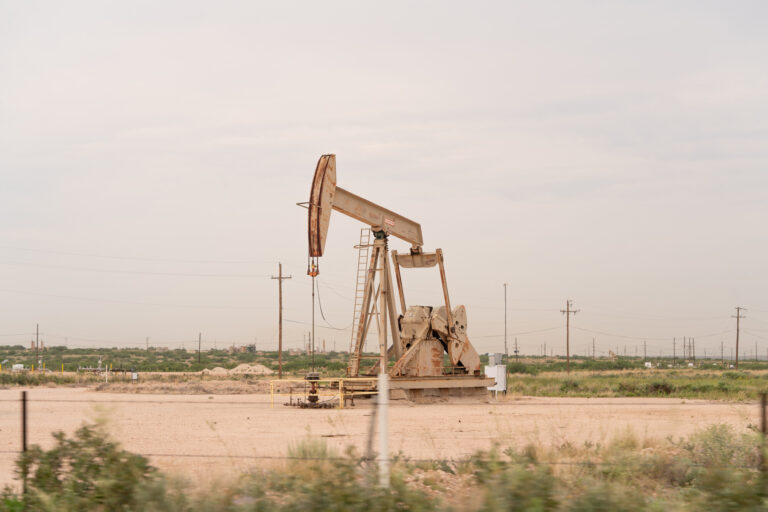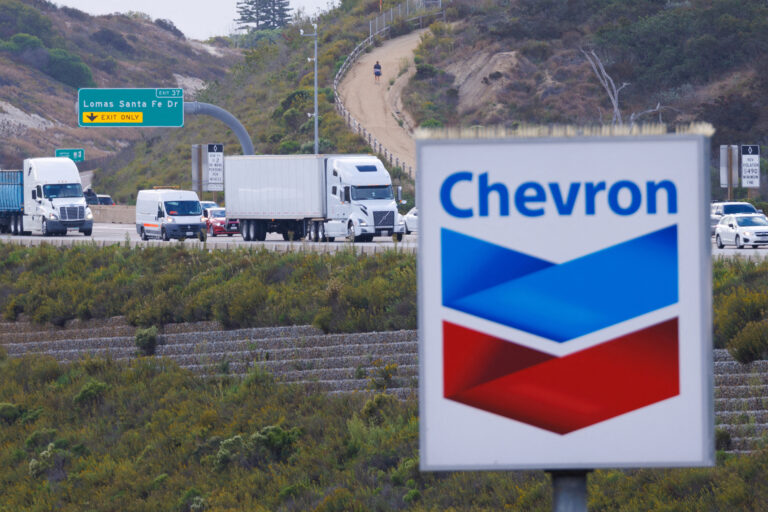December 13, 2025
Permian Basin Methane Emissions Decline: A Win for the Environment and Industry

By Missi Currier The recent analysis by S&P Global Commodity Insights has revealed a significant milestone in the fight against climate change: a 26% reduction…



